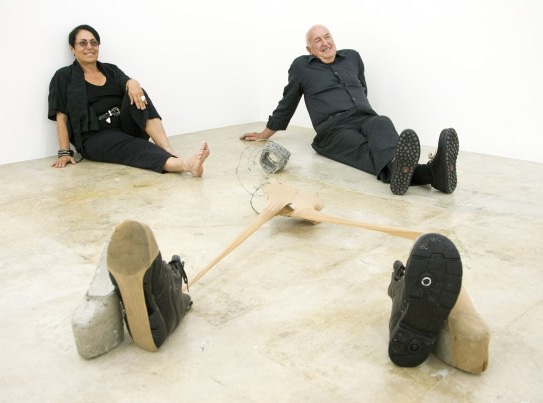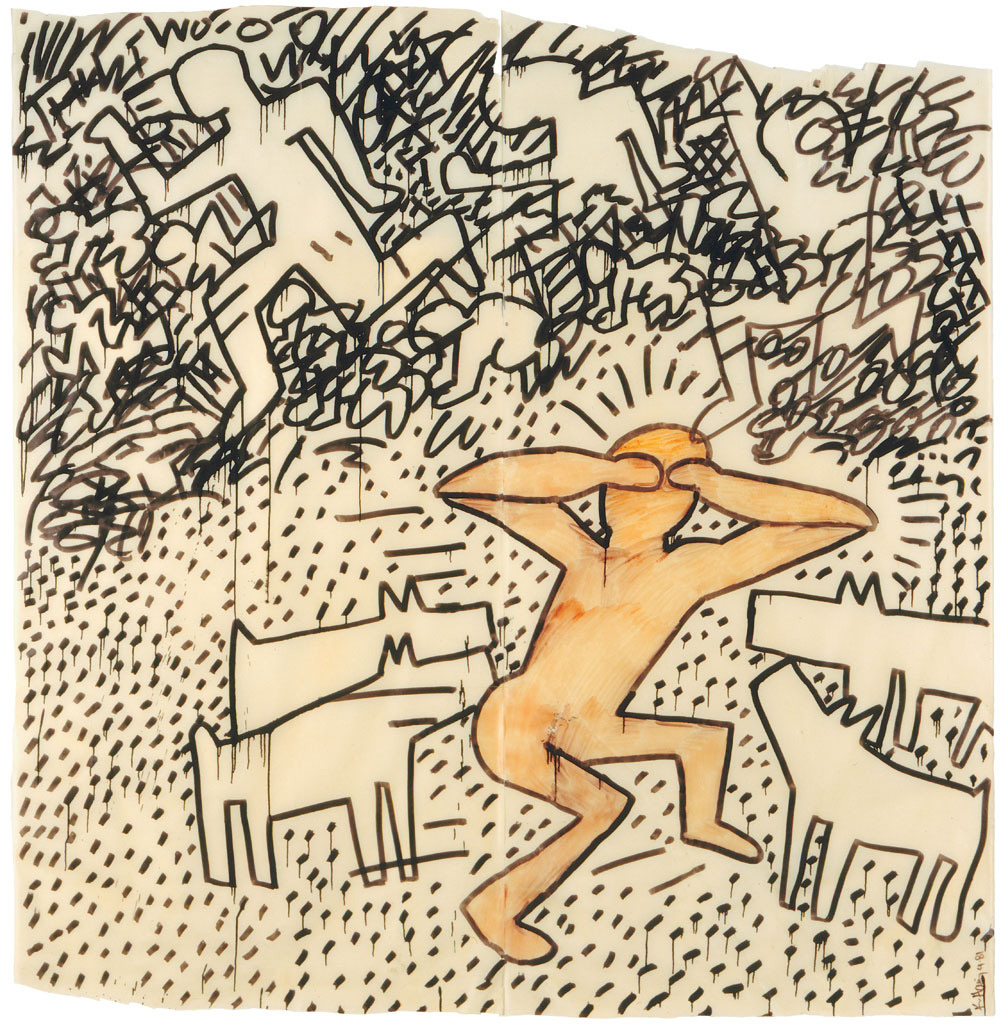



What to do when you have an art collection with over 5,000 pieces, including works by Keith Haring, Paul McCarthy and Jeff Koons? Share it with the world, according to Don and Mera Rubell, the Florida-based visual-art power couple. “You discover very quickly on this journey that you’re just the custodian of the important cultural artifacts of our time,” Mera once noted, in an interview with the Financial Times. “So how could you not make them available to the public?”
The Rubells never worked in the creative industries; Don, 74, is a retired gynecologist and Mera, 71, is former president of sportswear company Ellesse. But when they started dating, after meeting in the library of Brooklyn College in 1962, they discovered a shared passion for art and together explored artists’ studios and galleries in their free time. Initially there wasn’t much money to buy art—Don was in medical school and Mera worked as a teacher—but they allocated $25 a month from their $100-a-week income and set up the Rubell Family Collection shortly after they married in 1964. When Don’s brother, Studio 54 cofounder Steve Rubell, died in 1989, the Rubells inherited assets estimated to be worth $200 million. They sold those, freeing up cash to invest in hotel real estate and contemporary art.
Today, they have amassed what is widely regarded as one of the most important and edgiest private collections of contemporary art in the world. They are still collecting, an undertaking to which they devote about a quarter of their money. And, more than ever, it has become a family affair, particularly since their son Jason joined the board, and all three have to agree on a piece before they acquire it. (Their daughter Jennifer, an artist herself, opted out of the process to avoid any conflict of interest and to focus on her own career.)
In 1993, they took over a disused 45,000-square-foot facility in Miami where the Drug Enforcement Agency had housed confiscated goods, converted it into a 27-room museum and opened it to the public. The building displays some of their collection as well as their library of over 30,000 art tomes.
The Rubells see the museum as a way to educate people about contemporary art. “The major contribution of these private/public collections is it fills the gap for young people to see the art that’s being made today,” Don stated in an interview with the Art Economist. “I remember when our kids went to Duke and Harvard, and both of their art history courses ended with Andy Warhol. . . . It’s a twenty-year lag. The young people never see what’s being produced that relates to their issues and passions.”

Staging exhibitions at most publicly-funded museums can be an arduous and time-consuming process, but the Rubell Family Collection has the agility to put a show together in a matter of months, and can display new acquisitions quickly. They also regularly loan items from their collection to other museums, and even transport entire exhibitions from their own museum to other institutions, such as the Milwaukee Art Museum, the Corcoran Gallery of Art in Washington DC, and Fundación Banco Santander in Madrid.
But not everyone has welcomed the Rubells’ gifts. In the early 1980s, Don wanted to set up an art bequest with his alma mater, Cornell University, but the school’s art museum declined the gift, citing lack of space. A few years later, when Cornell reconsidered the offer and went back to the Rubells, administrators discovered it was no longer on the table. A shame, as they missed out on works by the likes of Jean–Michel Basquiat and Cindy Sherman.